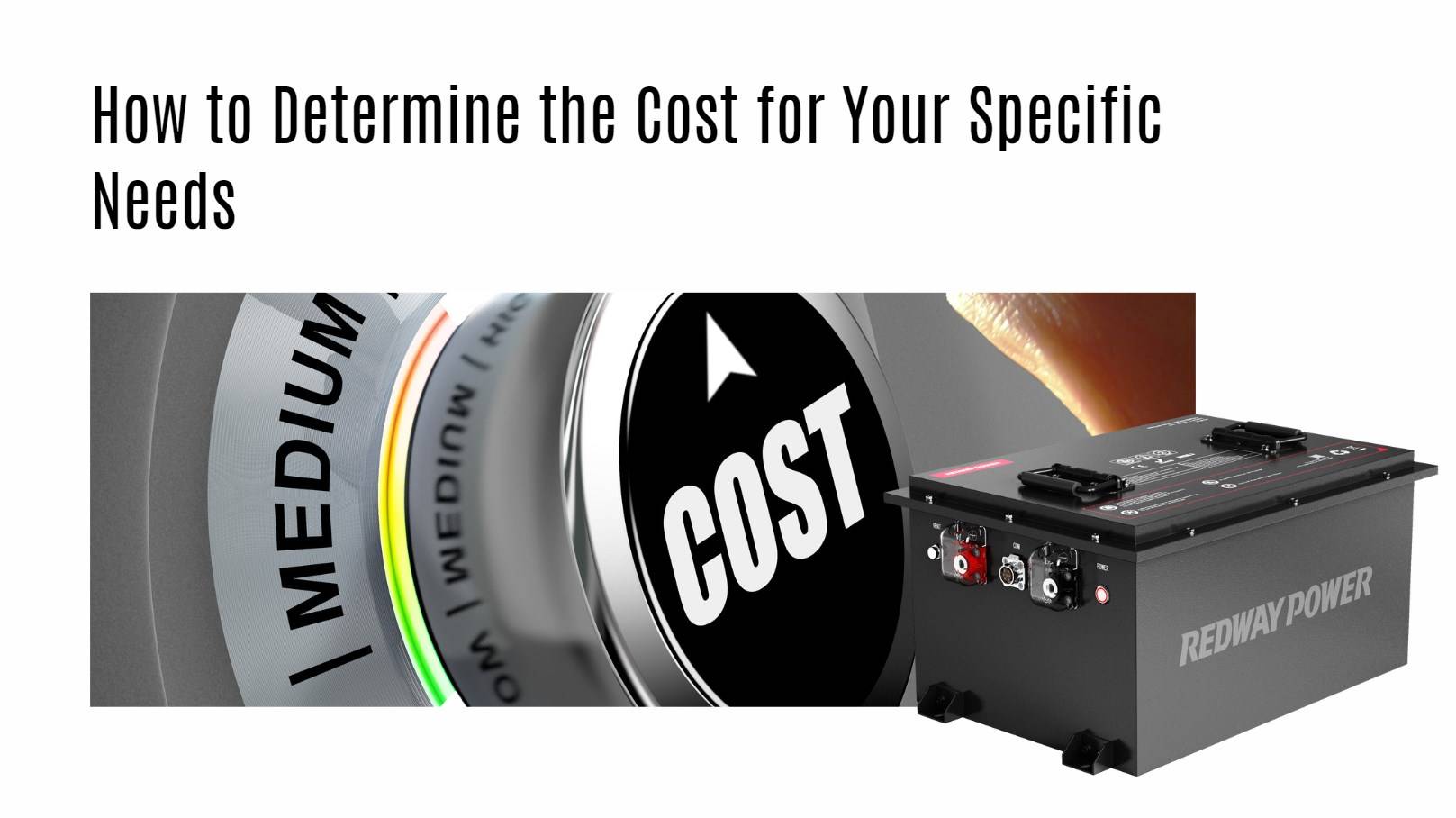The cost of
lithium iron phosphate (LiFePO4) batteries varies widely based on factors such as capacity, brand, and specific features. Typically, prices range from
$200 for smaller capacities up to
$3,000 or more for larger systems, making them a significant investment but often a cost-effective choice in the long run due to their durability and efficiency.
What Is the Average Cost of LiFePO4 Batteries?
The average cost for
LiFePO4 batteries can fluctuate based on several factors:
- Capacity: Smaller batteries (e.g., 12V 100Ah) might cost around $500, while larger systems (e.g., 48V 200Ah) can exceed $2,000.
- Brand: Established brands like Renogy or Battle Born may charge a premium compared to lesser-known manufacturers.
- Market Trends: Prices can vary based on supply chain factors and demand fluctuations.
Cost Overview
| Capacity (Ah) | Average Price Range |
|---|
| 12V 100Ah | $500 – $800 |
| 24V 200Ah | $800 – $1,200 |
| 48V 300Ah | $1,500 – $3,000 |
How Do Prices Vary by Capacity and Brand?
Prices vary significantly based on both capacity and brand:
- Higher capacities generally lead to higher prices due to increased materials and technology used.
- Premium brands often offer advanced features such as better thermal management or longer warranties, which can justify their higher price tags.
Price Variation Chart
| Brand | Capacity (Ah) | Price Range |
|---|
| Renogy | 100 | $529 – $949 |
| Battle Born | 100 | $999 |
| Eco-Worthy | 200 | $1,000 – $1,500 |
What Factors Influence the Price of LiFePO4 Batteries?
Several key factors influence the pricing of
LiFePO4 batteries:
- Material Costs: Fluctuations in lithium prices can impact overall battery costs.
- Manufacturing Technology: Advanced manufacturing processes may increase production costs.
- Warranty and Support: Longer warranties typically indicate higher quality control standards.
Influencing Factors Overview
| Factor | Description |
|---|
| Material Costs | Variability in lithium prices affects pricing |
| Manufacturing Technology | Advanced processes increase costs |
| Warranty | Longer warranties often reflect quality |
How Does the Cost of LiFePO4 Compare to Other Battery Types?
When compared to other battery types like lead-acid:
- Initial costs for LiFePO4 batteries are generally higher; however, their lifespan is significantly longer—often lasting over 10 years compared to 3-5 years for lead-acid.
- The total cost of ownership tends to favor lithium due to lower maintenance needs and fewer replacements.
Cost Comparison Overview
| Battery Type | Initial Cost Range | Lifespan (Years) |
|---|
| Lead-Acid | $200 – $800 | 3 – 5 |
| LiFePO4 | $500 – $3,000 | 10+ |
What Are the Long-Term Savings of Using LiFePO4 Batteries?
Investing in
LiFePO4 batteries can lead to substantial long-term savings:
- Their longer lifespan reduces replacement frequency.
- Higher efficiency translates into lower energy costs over time.
- Minimal maintenance requirements further enhance savings.
Savings Overview
| Aspect | Lead-Acid | LiFePO4 |
|---|
| Replacement Frequency | Every 3 – 5 years | Every 10+ years |
| Maintenance Needs | High | Low |
| Energy Efficiency | Lower | Higher |
Expert Views
“Choosing lithium iron phosphate batteries is not just about upfront costs; it’s about understanding long-term value,” states energy consultant Dr. Sarah Thompson. “Their durability and efficiency make them an excellent investment for various applications.”
FAQ Section
- What is the typical lifespan of a LiFePO4 battery?
LiFePO4 batteries typically last between 10 to 15 years with proper care. - Are there any hidden costs associated with using lithium batteries?
While initial costs may be higher, maintenance and replacement costs are generally lower over time. - Can I use a regular charger for my LiFePO4 battery?
No, it is essential to use a charger specifically designed for lithium iron phosphate technology.







